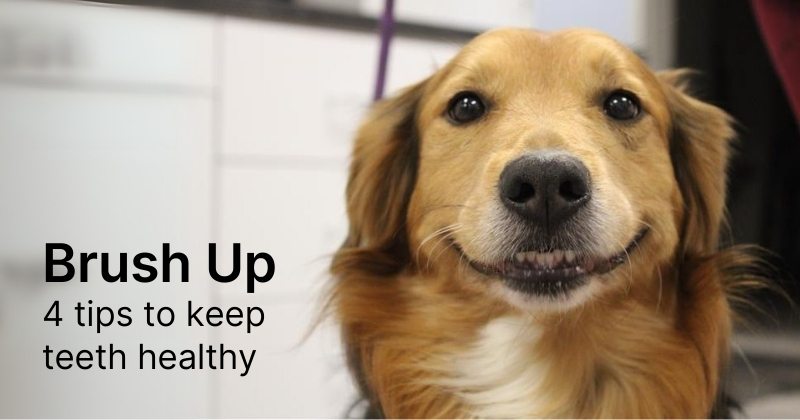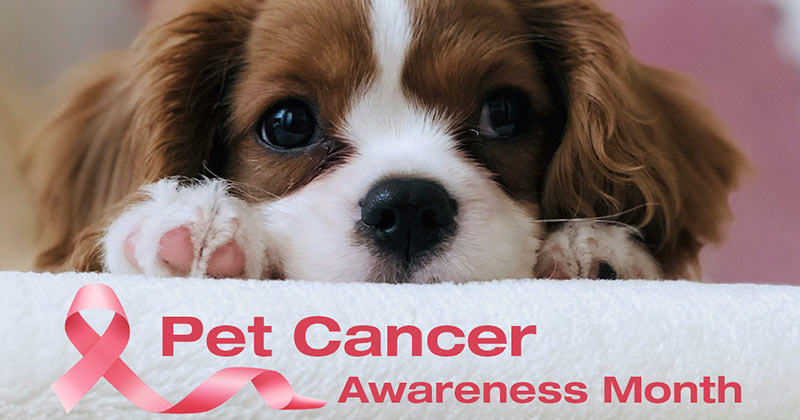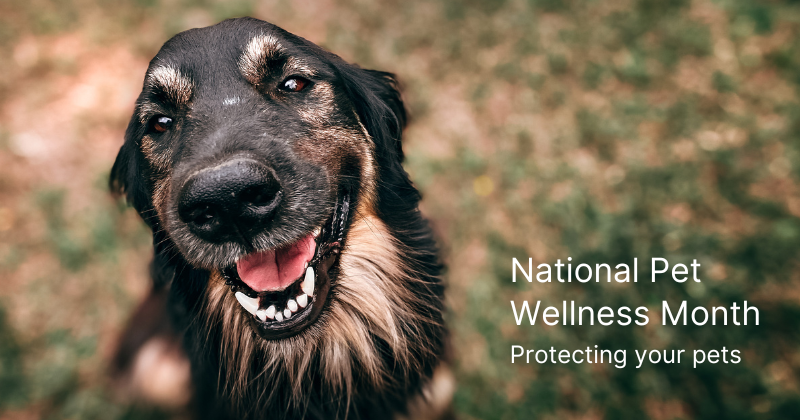
Affecting eight out of 10 pets by the age of three, dental disease is the most untreated condition in our furry friends. In fact, most pet owners don’t brush their pets’ teeth. In light of National Pet Dental Health Month, here are some tips for keeping your pets’ teeth pearly white and healthy.
Brush as early and often as possible: Ideally, it’s best to start brushing a pet’s teeth when they’re a puppy or kitten so they grow accustomed to the practice. (Make sure to use toothpaste made specifically for dogs and cats.) But for older pets, start applying toothpaste with a fingerbrush. Slow and steady wins the race here. Just focus on one tooth at a time, and give your pet a break if they need it. Daily brushing is best, but a few times a week is still better than avoiding it entirely.
Responsibly feed their oral fixation: Cats and dogs often have their mouths full, so make sure you have dental-friendly stuff around the house to keep them occupied orally. Dry food is recommended to help pets maintain healthy teeth and gums. Chews, wipes, water additives, rinses, and dental specific foods don’t replace brushing, but still can be beneficial.
Keep an eye out for red flags: Be sure to check your pet’s mouth for red, swollen gums, oral abscesses, discolored or missing teeth, bad breath, etc. Look out for sluggishness, loss of appetite, difficulty eating or sensitivity around their mouth as well. Keep in mind that dental issues can cause bacterial infection and even lead to heart, lung, liver and kidney disease.
Visit your vet: At home care slows the development of dental disease and decreases severity, but professional dental cleanings are still recommended once any disease is present. Cleaning at a "stage 1" reverses the disease, whereas any higher stages are not reversible. Call us today at (402) 933-6800 or request an appointment online to schedule your pet’s next dental exam.


